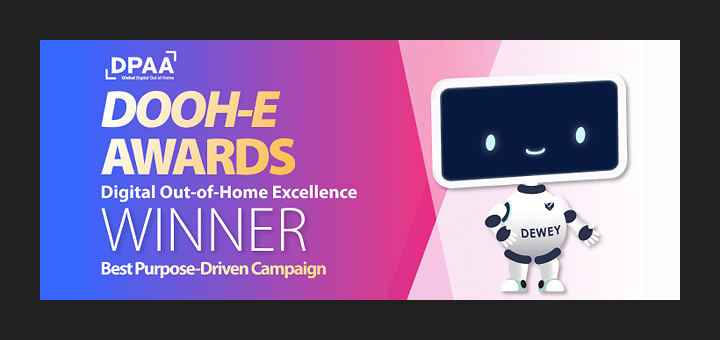At my company, we have a saying: Geography is destiny—in life and business. People of similar economic, demographic and cultural backgrounds tend to live near each other. And when people join communities and become part of something larger, it tends to influence how they feel and think and what resonates with them. Geography becomes particularly important during economic duress. For companies—and their agencies—this means you must work hard to find potential buyers without overspending on data and impressions that don’t convert.
Guideline, among other industry watchers, is predicting modest advertising spend increases, but at a slower rate than 2024 due to economic concerns. Therefore, there will be increased pressure to make those dollars count. So, what is the best way for companies to find the in-market buyers? Meeting them where they live, work and play alongside other similar people.
I recommend using the humble ZIP code to leverage geolocation for targeted advertising. This goes beyond advertising and doesn’t just affect pure-play retailers. From insurance to technology providers, if you have a target audience, you have several ZIP codes that will likely perform better than others. I believe geographic data should always be a core component of every business’s strategy, but especially so when times are tough because it’s often the best way to drive buyers to make a purchase. Here are some reasons why:
You can supercharge prioritization.
It’s not uncommon for people who live together to develop bonds and speak the same dialect. If the town or city is known for certain industries, people who live next door to each other are probably more closely aligned in salary and worldview than they might be to someone in a similar job in another state. That’s just the reality.
Modern organizations develop one or a few ideal customer profiles (ICPs) with descriptors that identify the most likely or most lucrative customers. Oftentimes, you can find many people in these ICPs in the same area. You can then look at patterns in the data to identify the best prospects and opportunities for prioritization.
For example, we had an enterprise software client that wanted to target the largest companies in the U.S. We identified 16 cities that housed high percentages of those ideal customers and digitally skewed our impressions in those cities while still running a national campaign. Those cities included the obvious—New York, Chicago and the Research Triangle in North Carolina—but also Minneapolis (which features Target, United Health and General Mills), Dallas (which includes AT&T and American Airlines) and St. Louis (which includes Anheuser-Busch, Centene and Edward Jones).
As another example, a spirits client of ours wanted to reach casual non-beer drinkers who like to socialize in small groups. We were able to find and heavy up areas with the highest concentration of these groups.
Many marketers too often think of targeting in pure psychographic or non-location-based demographic data, attributing half of their media spend to data and targeting costs instead of exploring potentially better or cheaper options. It’s important to remember that not every localization strategy is alike. Advertisers that instead prioritize third-party audience data, which can add significant costs on a cost-per-mile basis, may struggle to maximize their value. Not only is the oft-forgotten ZIP code typically free in most digital media buying platforms, it’s also more likely to drive purchase decisions in many scenarios.
So, why doesn’t everyone use ZIP codes for targeting? First of all, a ZIP code alone won’t tell you much. You also need the historic data to unlock pertinent insights. Second, setting up a ZIP code strategy can take more effort. But once you get the mechanics down, in my experience, it’s pure value.
You can advertise nationally, but tailor locally.
Research from Locality and The Harris Poll, published in AdAge (paywall), found more than 50% of individuals are more likely to purchase from a brand advertising locally compared to 13% nationally, highlighting the importance of a robust local strategy. Local advertising also gives companies the opportunity to frame messaging in terms that most resonate with that audience.
For example, while planning a retail client’s national buy, we tailored ads for different products to different neighborhoods (e.g., nasal spray to areas with high pollen counts or beauty products to neighborhoods that tended to have high concentrations of young women interested in low-cost makeup). We saw immediate gains.
Advertisers that use local targeting can either affect national sales by targeting those areas most likely to buy or drive deeper local sales by tailoring messaging and placements to those most swayed by local advertising.
In closing, audience targeting can be a powerful tool for marketers to reach buyers and prospects with improved precision. Whether you are conducting a national campaign or just advertising locally, the power of matching the right message to the densest market makes a ton of sense. Remember the common refrain: think global, act local, especially when it comes to advertising.





